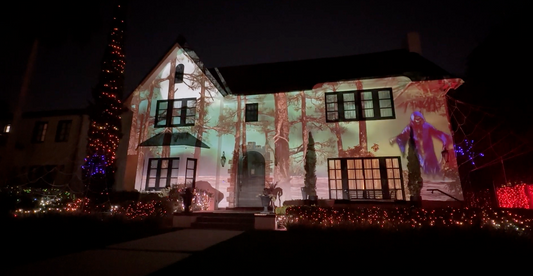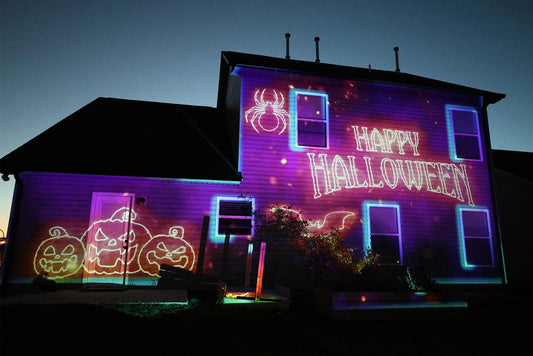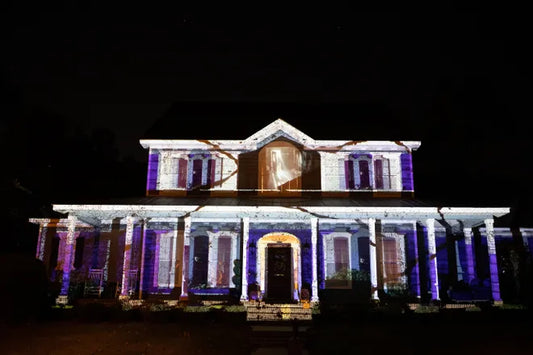Projection mapping is a versatile technology that can be used to enhance the appearance and functionality of buildings and public spaces. By projecting dynamic and interactive images onto buildings, walls, and other surfaces, projection mapping can transform the appearance of a space and create a sense of movement and energy. In this blog, we will explore how projection mapping can be used to enhance architecture and public spaces.
What is Projection Mapping in Architecture?
Projection mapping in architecture involves the use of specialized software and hardware to project images and videos onto buildings and other architectural structures. This technology can be used to create a range of effects, from transforming the appearance of a building to highlighting architectural features and details.
Enhancing Buildings with Projection Mapping
One of the most common applications of projection mapping in architecture is the enhancement of building facades. By projecting images onto the facade of a building, projection mapping can transform the appearance of the building and create a sense of movement and energy.
For example, the Sagrada Familia cathedral in Barcelona, Spain, used projection mapping to celebrate its 135th anniversary. The projection mapped onto the facade of the building created a dynamic and interactive display that highlighted the cathedral's intricate architectural details and history.
Projection mapping can also be used to enhance the appearance of public spaces, such as parks and plazas. By projecting images and videos onto walls and other structures, projection mapping can transform a public space into a dynamic and engaging environment.
Benefits of Projection Mapping in Architecture
Using projection mapping in architecture offers a range of benefits for designers and architects. Some of the key benefits include:
- Highlighting architectural features and details
- Creating a unique and memorable experience for visitors
- Enhancing the appearance of buildings and public spaces
- Increasing public engagement with architecture and design
- Enabling creative expression and experimentation in design
Conclusion
Projection mapping is a versatile technology that can be used to enhance architecture and public spaces in a variety of ways. By projecting images onto buildings, walls, and other structures, projection mapping can transform the appearance of a space and create a sense of movement and energy. With its ability to highlight architectural features and details, projection mapping is sure to continue to be a popular and effective tool for designers and architects.



